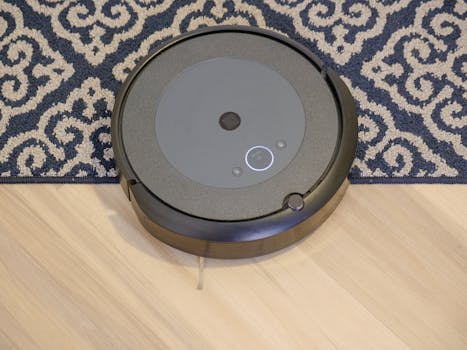Smart Homes and Smart Living: The Technological Transformation of European Homes by 2025
Smart Homes and Smart Living are revolutionizing the way we live and interact with our homes. The technological transformation of European homes is expected to be complete by 2025, making life easier, more efficient, and more enjoyable. With the integration of smart technology, homes will become more automated, secure, and sustainable.
Introduction to Smart Homes
Smart homes are residences that have been equipped with advanced technology to make life easier and more convenient. These homes are integrated with the Internet of Things (IoT), which allows devices and appliances to communicate with each other and be controlled remotely. Smart homes can be controlled using voice commands, smartphone apps, or wall-mounted touchscreens, making it easy to adjust lighting, temperature, security, and entertainment systems.
Benefits of Smart Homes
The benefits of smart homes are numerous. They offer increased convenience, enhanced security, and improved energy efficiency. Smart homes can also improve the quality of life for people with disabilities and elderly individuals, providing them with greater independence and autonomy. Additionally, smart homes can increase property value, making them more attractive to potential buyers.
Technological Advancements in Smart Homes
Several technological advancements are driving the growth of smart homes in Europe. These include the development of IoT devices, advancements in artificial intelligence (AI), and improvements in wireless communication technologies such as Wi-Fi and Bluetooth. The use of voice assistants like Amazon Alexa and Google Assistant is also becoming increasingly popular, making it easy to control smart devices using voice commands.
European Homes by 2025
By 2025, European homes are expected to be fully integrated with smart technology. This will involve the widespread adoption of IoT devices, AI-powered home automation systems, and voice-controlled interfaces. European homes will become more automated, secure, and sustainable, with a focus on energy efficiency and reduced carbon emissions.
Conclusion
In conclusion, the future of European homes is becoming increasingly smart, with technological advancements transforming the way we live and interact with our living spaces. By 2025, European homes are expected to be fully integrated with smart technology, making life easier, more efficient, and more enjoyable. As the demand for smart homes continues to grow, it is essential for homeowners, builders, and policymakers to work together to create a smart and sustainable future for European homes.





